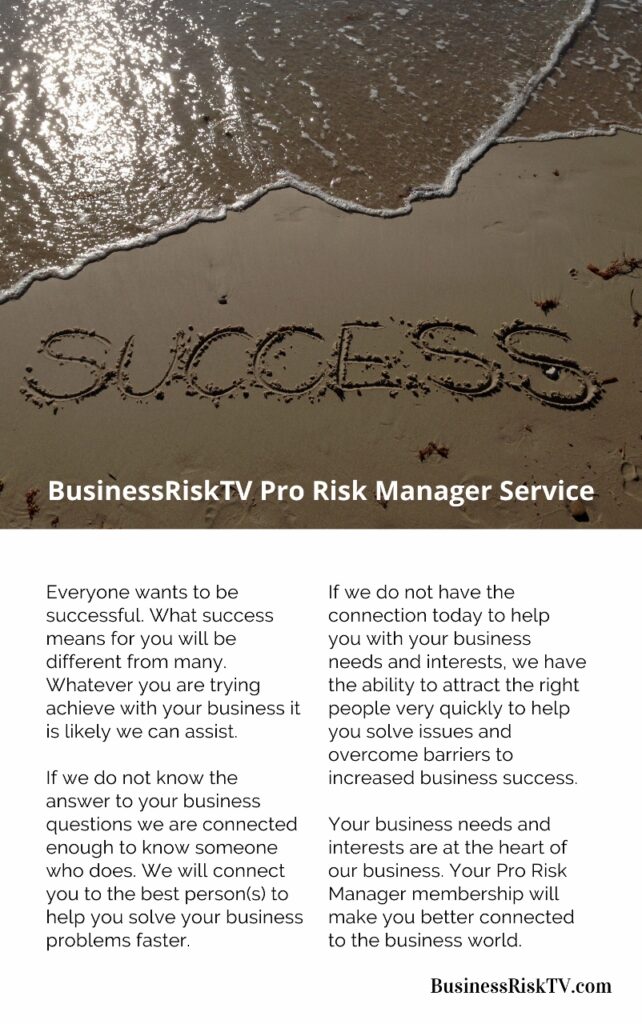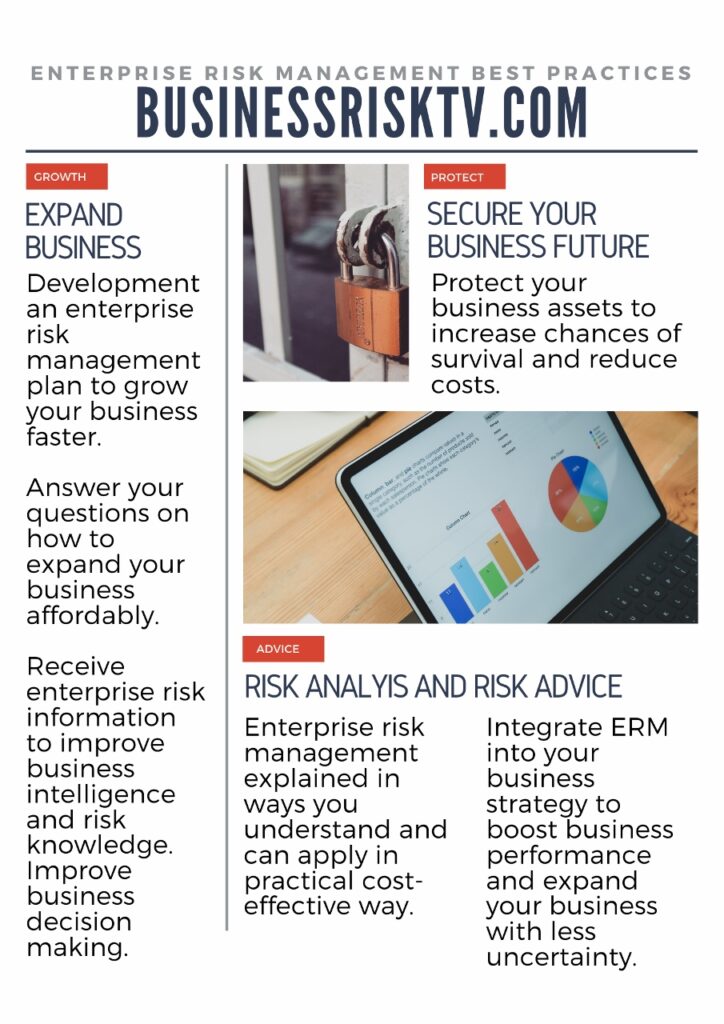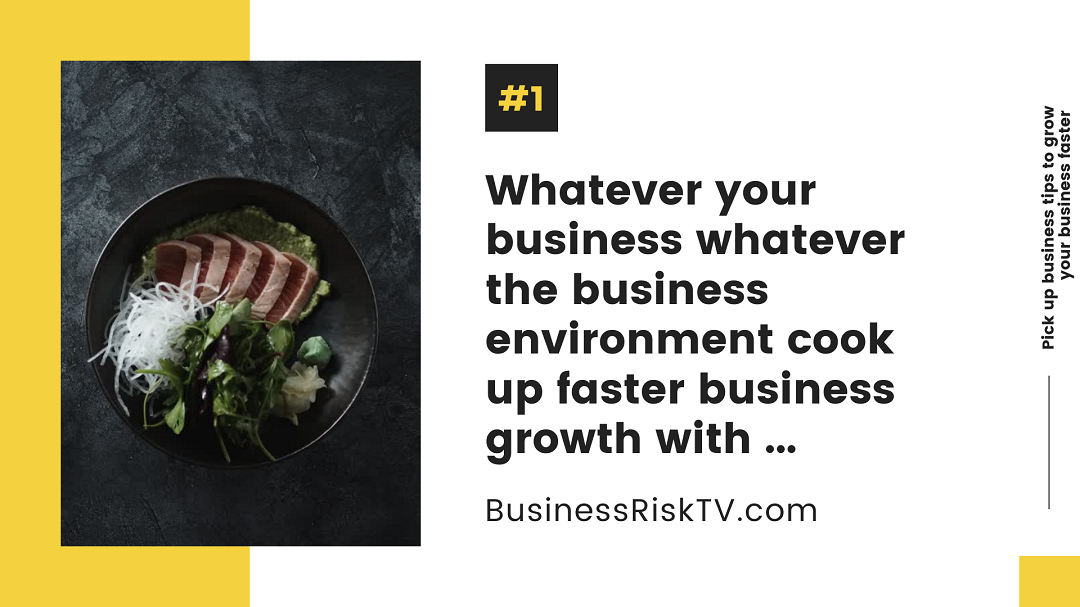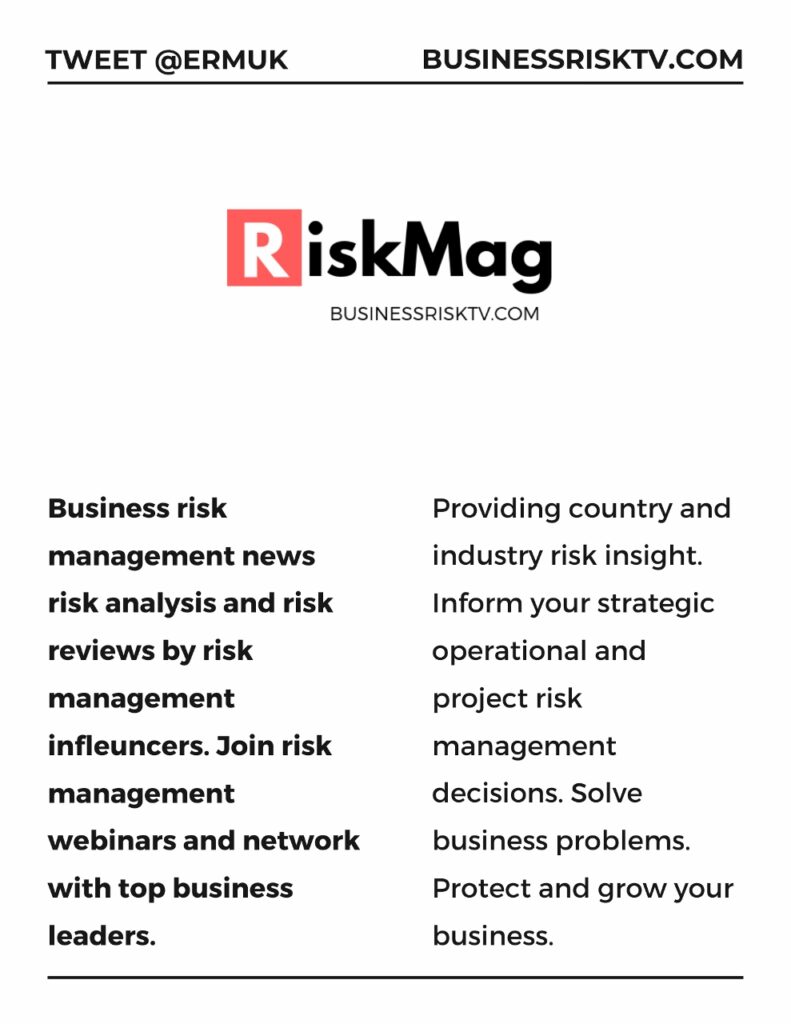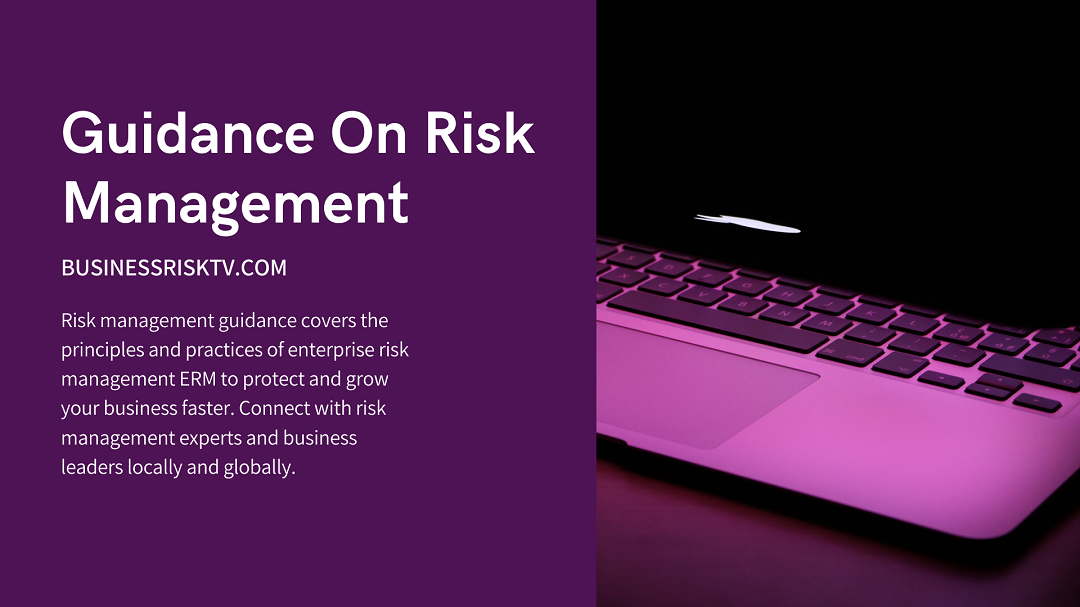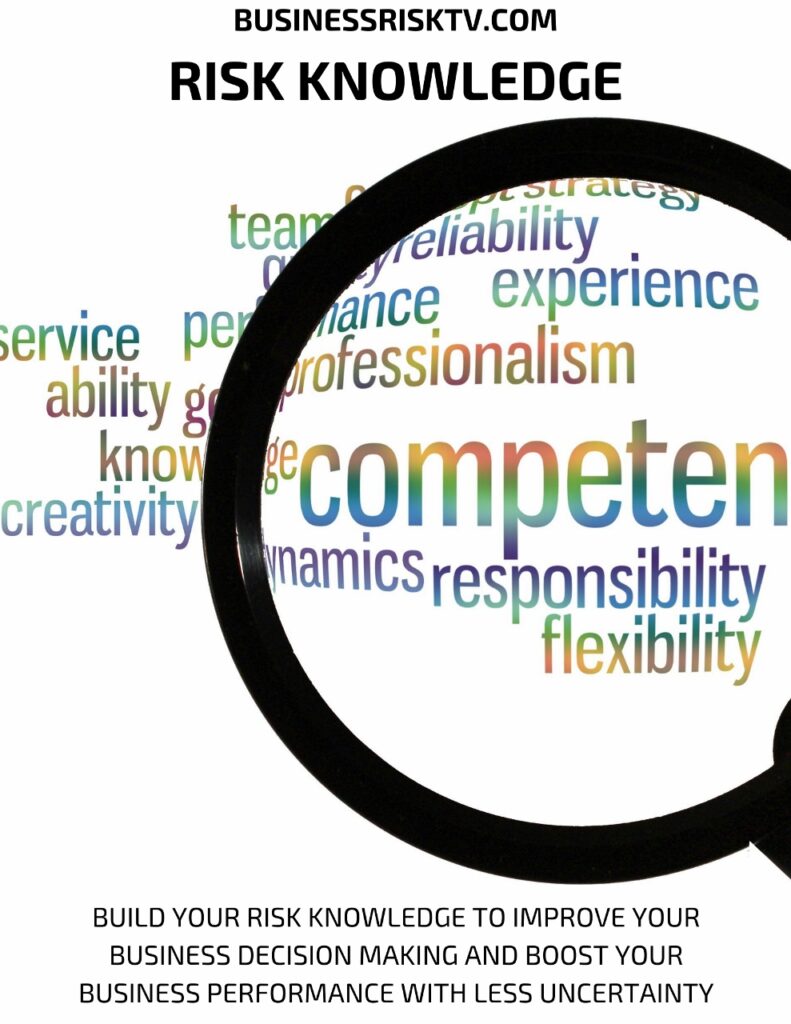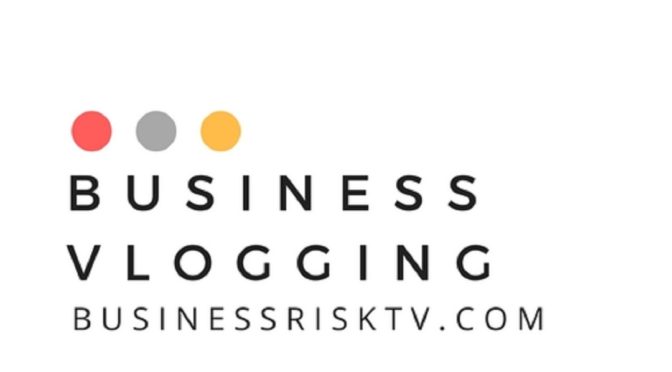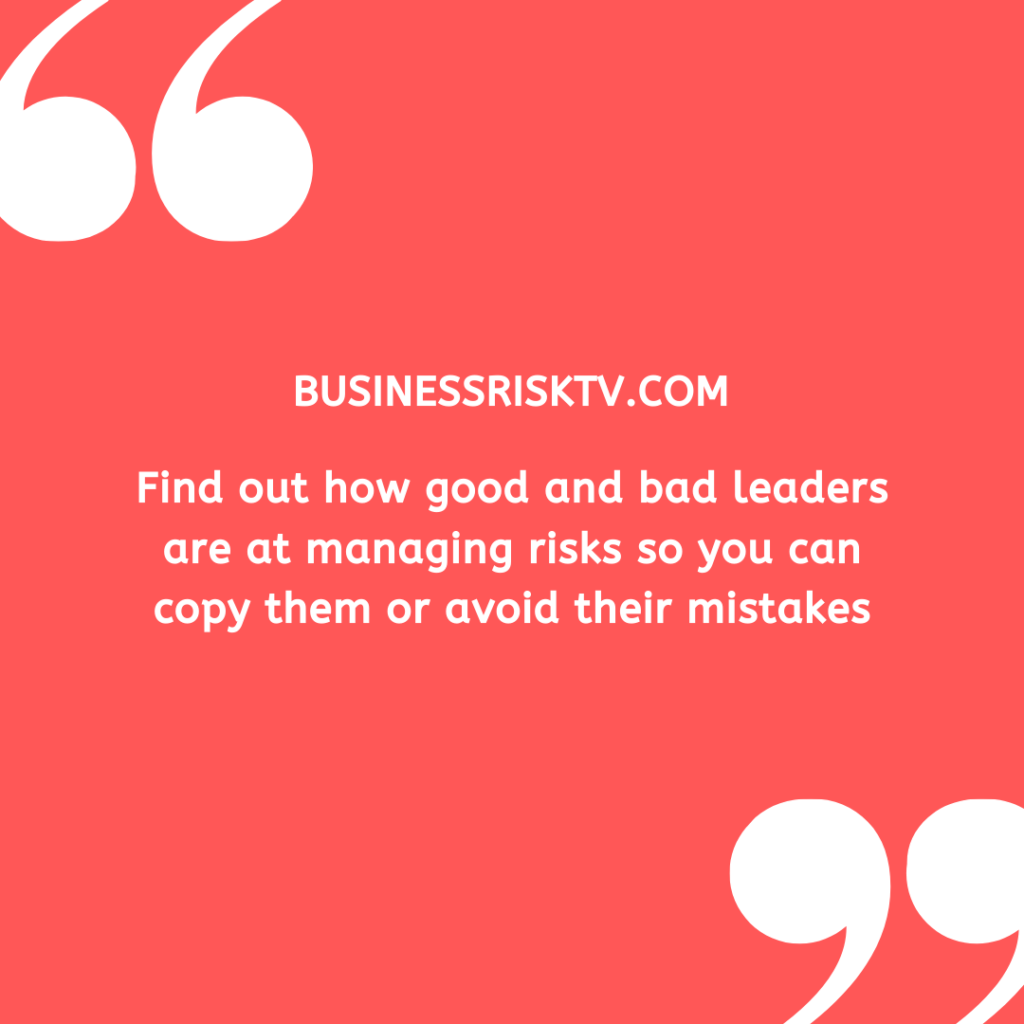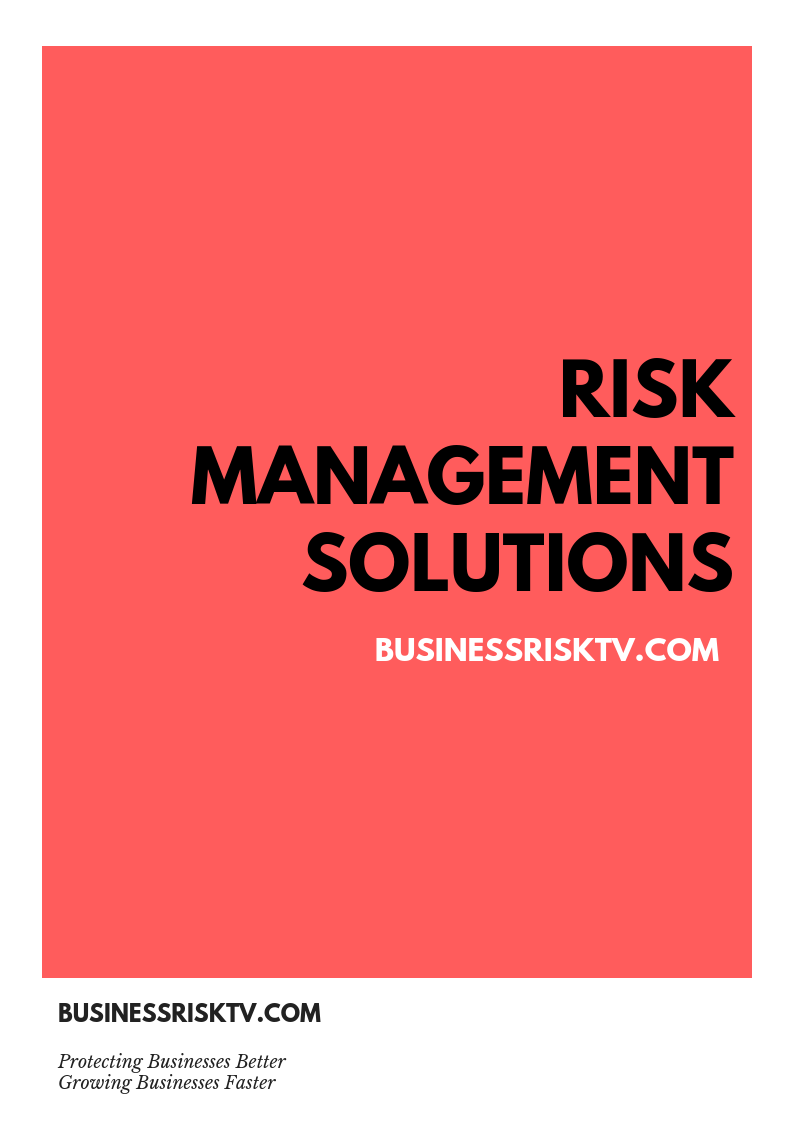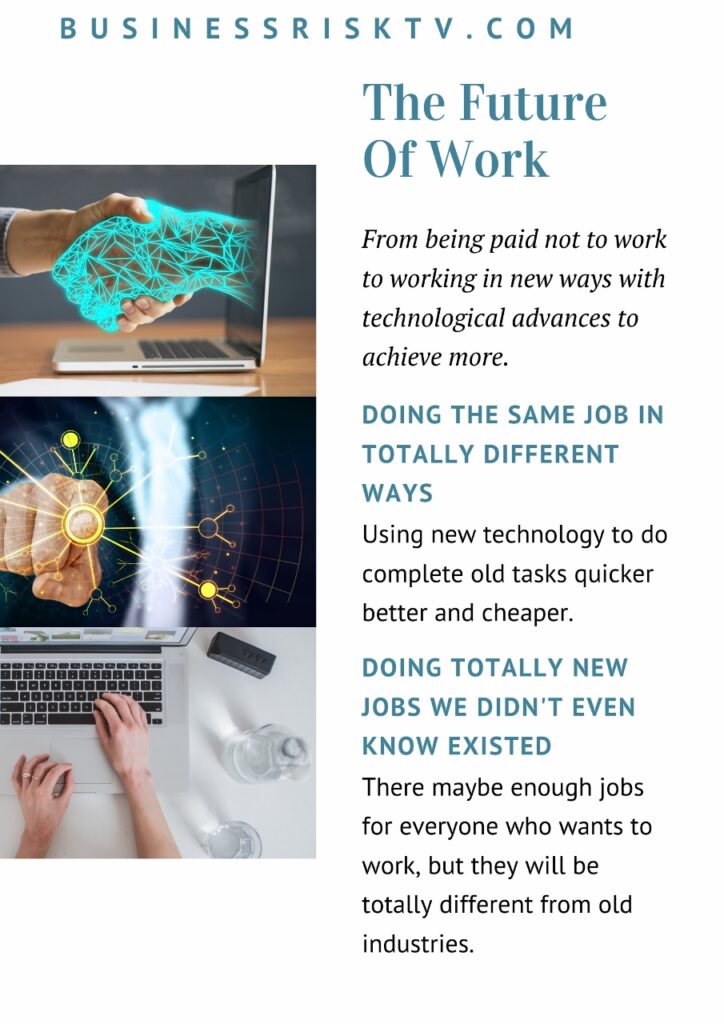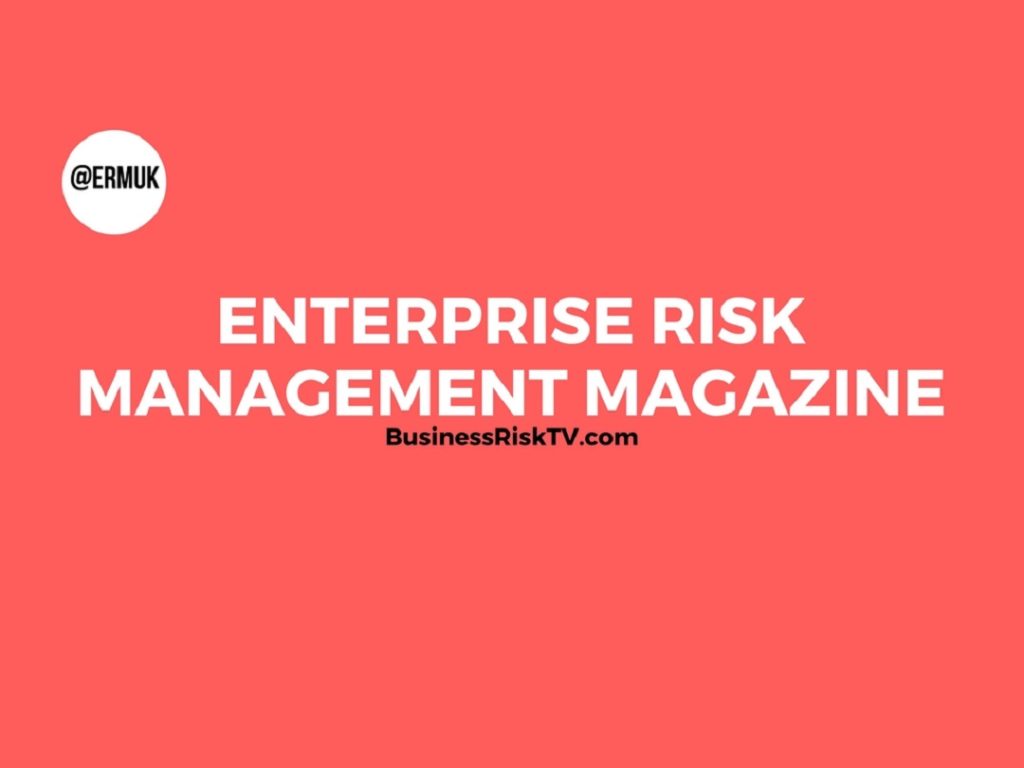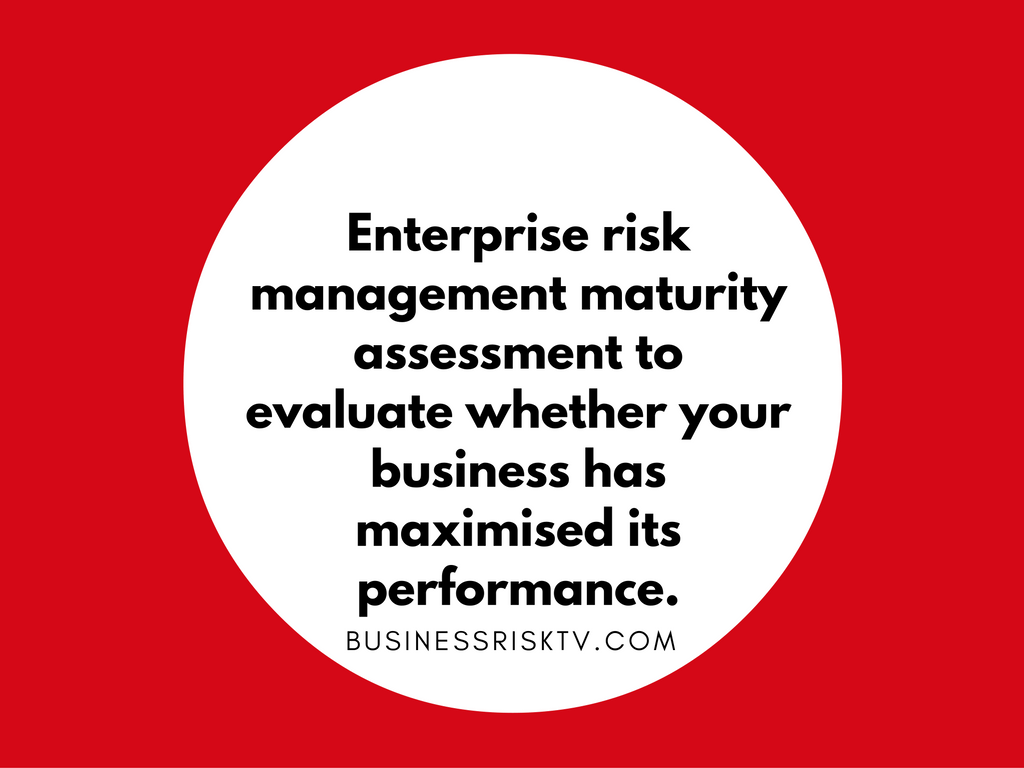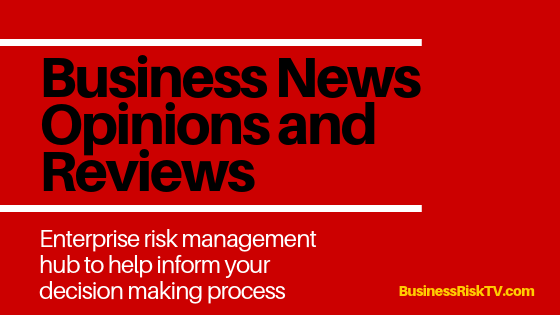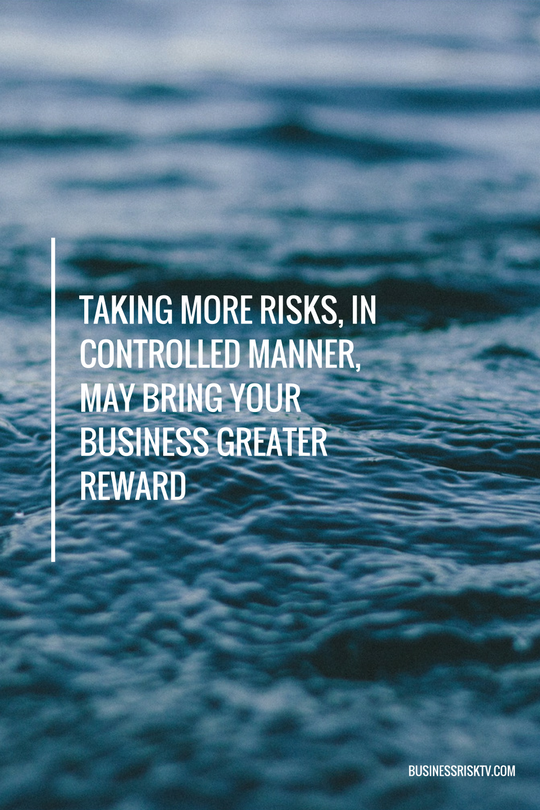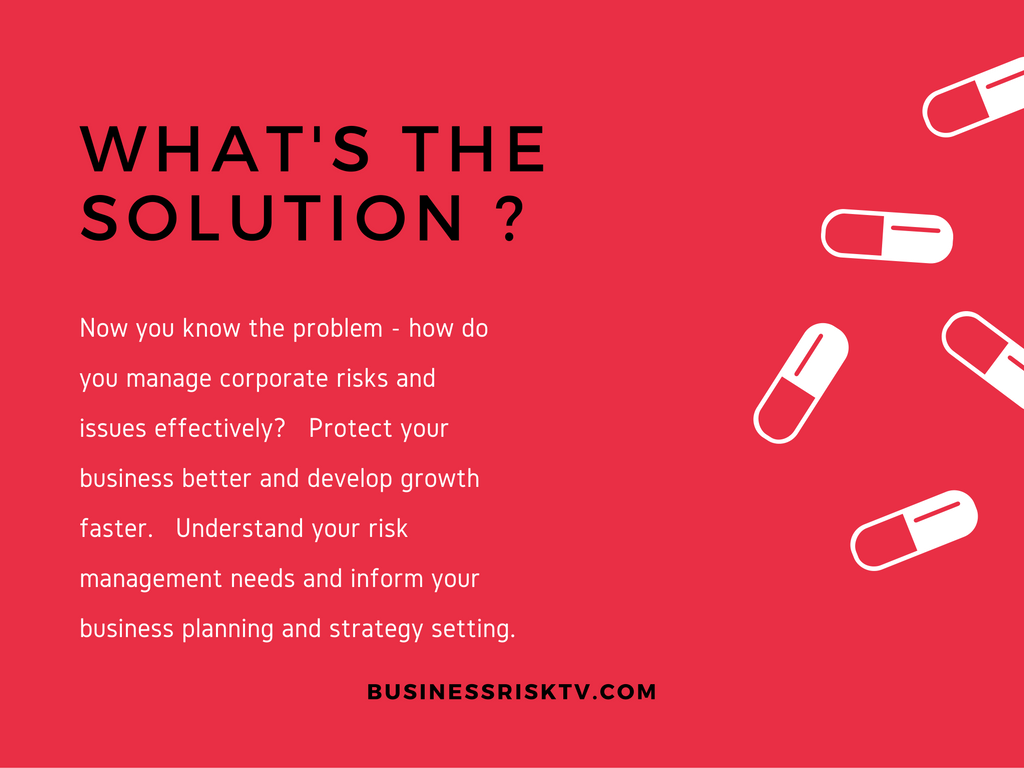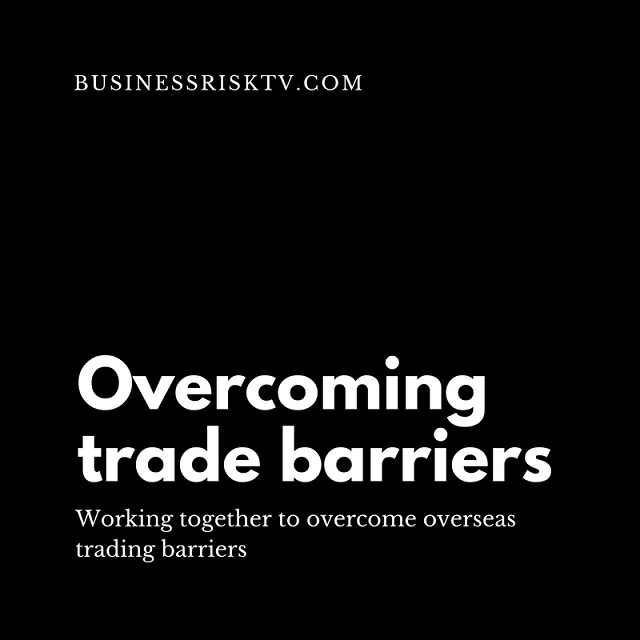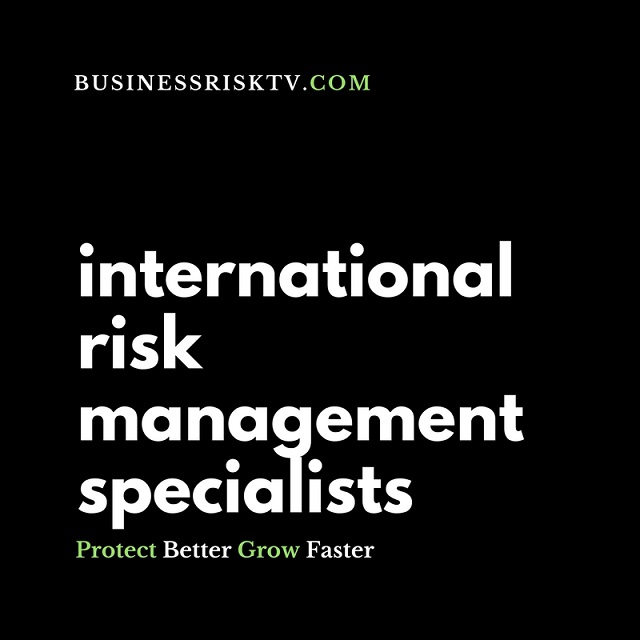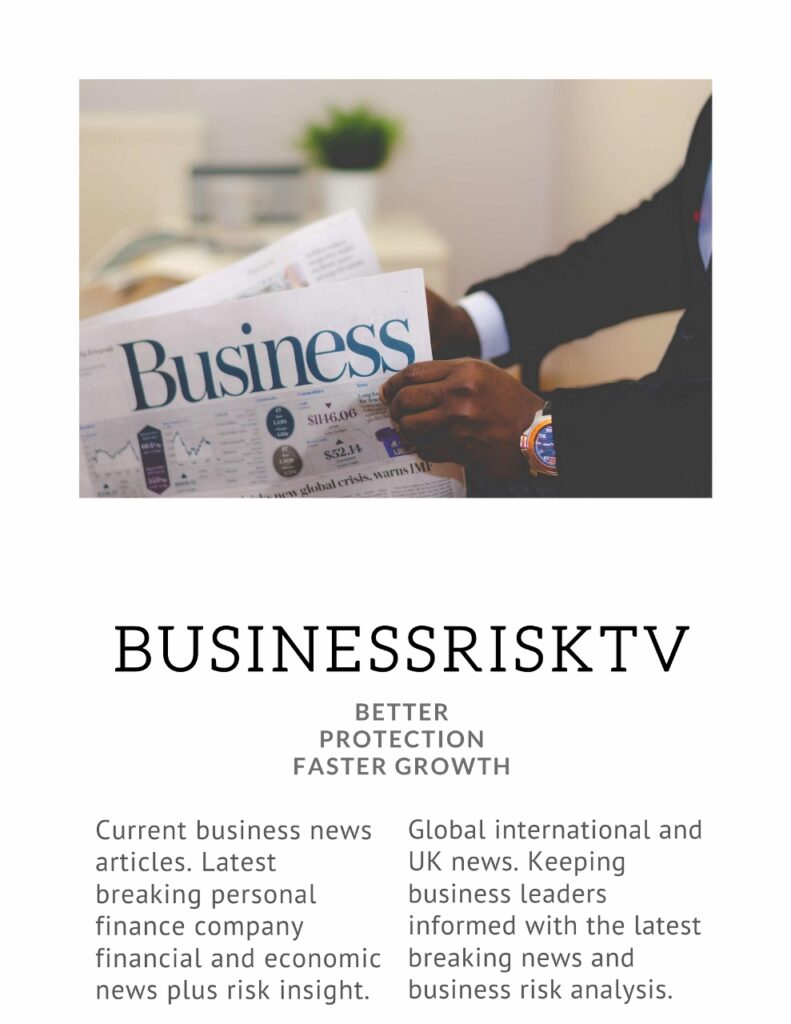Navigating the Coming Storm: A Guide for Business Leaders in a Bear Market
The global economy is a complex and ever-changing landscape. As business leaders, we must be adept at navigating both periods of growth and periods of contraction. While the recent bull market has been kind to many, economic indicators are pointing towards a possible bear market on the horizon. This article, written by a team of leading economic experts, aims to equip you with the knowledge and strategies needed to not only weather the coming storm but potentially emerge stronger.
The Looming Bear: 9 Reasons Why a Market Downturn is Likely
-
Rising Interest Rates: The Federal Reserve and central banks around the world have created out of control inflation, and in their fight against inflation, raised interest rates throughout repeatedly. This makes borrowing more expensive, potentially leading to decreased investment and economic activity.
-
Geopolitical Tensions: The ongoing war in Ukraine, coupled with other geopolitical hotspots like Israel and Gaza, are creating uncertainty and disrupting global supply chains. This has lead to higher energy prices and shortages of critical materials, further hindering economic growth.
-
Inflationary Pressures: While inflationary pressures are expected to cool somewhat, persistently high inflation continues to erode consumer purchasing power and strain corporate profit margins.
-
Overvalued Stock Market: Stock prices in many sectors have reached historically high valuations – an everything asset bubble. This suggests a potential correction is overdue, leading to a decline in overall market value, certainly recession perhaps depression.
-
Corporate Debt Bubble: Corporate debt levels have risen significantly in recent years. A bear market could trigger defaults, leading to financial instability and further market decline.
-
Housing Market Correction: The red-hot housing market might be cooling down, potentially leading to a decline in property values and a reduction in household wealth. This could further dampen consumer spending.
-
Waning Consumer Confidence: Consumer confidence indicators have started to show signs of decline. As consumers become more cautious about spending, business activity can slow down.
-
Global Economic Slowdown: A synchronised slowdown in major economies around the world could create a domino effect, further weakening global demand and impacting exports.
-
Technological Disruption: While technological advancements offer long-term benefits, they can also lead to short-term disruption in specific industries. Companies slow to adapt to these changes might struggle during a bear market.
The Bear’s Bite: Threats and Challenges
A bear market can be a challenging time for businesses. Here’s what you need to be prepared for:
- Reduced Demand: A decline in consumer and business spending can lead to lower sales and revenue.
- Increased Competition: Businesses will be vying for a smaller pool of customer dollars, intensifying competition in all sectors.
- Profit Margin Squeeze: Rising costs and lower sales can squeeze profit margins, making it difficult to maintain profitability.
- Financing Difficulties: Tightening credit conditions can make it harder to secure loans and access capital for growth or even day-to- day operations.
- Employee Morale: Market downturns can lead to layoffs and furloughs, impacting employee morale and productivity.
The Silver Lining: Opportunities in a Bear Market
While a bear market presents significant challenges, it also offers potential opportunities for savvy business leaders:
- Market Consolidation: Weaker competitors may be forced out of business, creating opportunities for stronger companies to acquire market share.
- Reduced Operational Costs: During a downturn, businesses can focus on streamlining operations and reducing costs to improve efficiency and profitability.
- Strategic Acquisitions: Lower valuations might create opportunities for strategic acquisitions of talent, technology, or market access.
- Innovation and Differentiation: Challenging times can be catalysts for innovation. Businesses can focus on developing new products or services that cater to evolving customer needs.
- Talent Acquisition: During downturns, talented individuals laid off by other companies might become available for hire, strengthening your workforce.
- Customer Loyalty: Businesses that prioritise customer service and value during difficult times can build stronger customer loyalty, leading to long-term benefits.
Weathering the Storm: 6 Recommendations for Business Leaders
-
Strengthen your Financial Position: Focus on building a strong cash reserve to weather potential disruptions. Renegotiate debt obligations and tighten expense controls to improve your financial health.
-
Re-evaluate your Business Model: Analyse your current business model’s strengths and weaknesses. Consider pivoting to more recession-proof products or services if necessary.
-
Enhance your Value Proposition: Communicate your value proposition clearly and effectively to your customers. Focus on how your products or services can help them save money or solve problems during challenging times.
-
Invest in Operational Efficiency: Identify and eliminate inefficiencies in your operations to reduce costs and improve productivity.
-
Embrace Innovation: Encourage innovation and explore new market opportunities. Invest in research and development to stay ahead of the curve.
- Prioritise Your People: A bear market can be stressful for employees. Communicate openly and honestly with your team. Provide support and invest in their skills to enhance their employability. A loyal and motivated workforce is critical for weathering any storm.
Conclusion: Navigating a Bear Market with Confidence
The possibility of a bear market shouldn’t paralyse you. By acknowledging the potential challenges and implementing proactive strategies, you can position your business for success even in a downturn. Remember, past recessions have always been followed by periods of growth. The key is to be prepared, adaptable, and seize the opportunities that a bear market might present.
Here are some additional resources to help you navigate a bear market:
- Federal Reserve Economic Data:https://fred.stlouisfed.org/
- Harvard Business Review – Managing Through a Downturn:https://hbr.org/2022/12/in-a-downturn-focus-on-existing-customers-not-potential-ones
- McKinsey & Company – How to Navigate a Bear Market:https://www.mckinsey.com/industries/consumer-packaged-goods/our-insights/for-us-consumers-its-a-matter-of-and-not-or
By staying informed, taking strategic action, and prioritising your people, you can ensure your business emerges stronger and more resilient from the coming bear market. Remember, the most challenging times often yield the most significant opportunities for growth and transformation.
Get help to protect and grow your business
Subscribe for free business risk alerts and risk reviews
Read more business risk management articles












